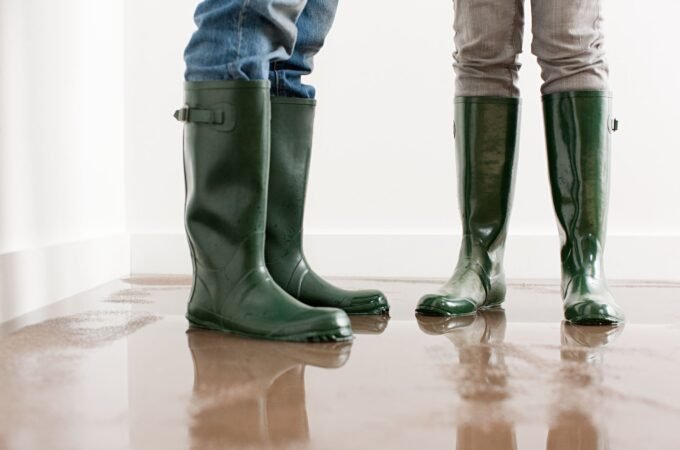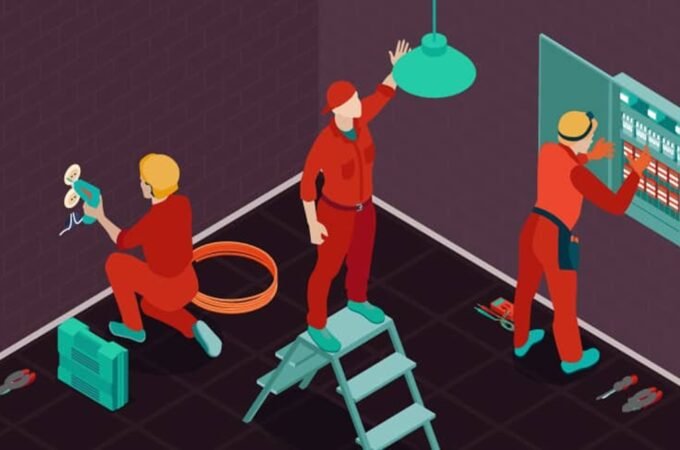
Creative Ways to Organize a Vertical Garden
Ever appreciated leafy vines growing up on a wall? Well, that’s an example of Vertical Garden. Whether you grow them up the side of your building or set up trellises for support, vertical gardens are an innovative way to have nature enhancing your space without taking up any additional room. According to the top 100 trend report by Pinterest for 2019, interest in vertical gardens rose to 287 percent in the year 2018. Flowerpots, baskets, old tires, and even your grandmother’s old straw hat can be efficiently used in your garden. You can have your vertical garden flourishing in no time if you follow some of the methods outlined below.
GROW DELIGHTFUL HERBS
Kind of like having your garden and being able to eat it too, you can use kitchen rails with hooks for utensils, and hang small pots from each. It can hold a little earth and your herb plant, be it rosemary, oregano, basil, or cilantro. This is a wonderful idea for gardening beginners as it does not require any irrigation system. In fact, if you do not particularly care for herbs, choose different flowering plants and grow them in cinderblocks along your garage wall. Cacti are also easy to grow and care for. Get one of those plastic or wooden wall planters with slats that you can put your plants in, and hang it to the wall. You can even make excellent use of plastic bottles or any other container instead of pots to grow the same. In case of plastic bottles, ensure that you use a transparent or light-colored one, with holes in the bottom for drainage.
CHOOSE A PLANT
Perhaps choose a leafy plant that’s easy to grow, like grape ivy, and then pot it into small window boxes to get a good spread. Use potting soil in your vertical garden to slow down the quick drying of the pot and soil. You will also want to ensure that the plants you choose to grow are in the environment that is most appropriate for them. For example, find out if your plants prefer full light or half exposure, and the amount of water essential for them. If you place your plant beside one that greatly overshadows it in terms of rate of growth, or area of spread, then the latter will grow over the former. Some plants and vines need sturdier support structures to grow, and every plant has different requirements of sunlight, water, wind, and fertilizer. Even shadows cast by nearby tall plants can affect the growth of plants in your vertical garden.
PREPARATION
Before you hang your plants up, grow them horizontally (the ordinary way) first, so that the roots establish themselves securely in the soil. As the plant continues to grow, you can then make it vertical. Another thing to consider with vertical gardening is irrigation. The water in a clay pot distributes itself and dries out over time. With vertical plantation, the water either dries out too quickly or is unable to spread evenly because of the material of the container. To keep your plants grow healthy, allow for water to drip out via pockets or holes, or arrange for watering systems that keep an even distribution of water.
INSTALL SHELVES
Shelves are a brilliant addition to an empty wall, especially for placing row upon row of greens. Old furniture can also be repurposed into a shelving system to hold your vertical garden. Chest of drawers or dresser that is no longer in use or an old ladder can hold your plants so your vertical garden can be set up. You can also pour soil into old guttering (pipes) affixed to your wall, and they can act as trays to plants in your vertical garden. The best plants to thrive in such a system would be ones with shallow roots. There must be holes in the guttering to allow for excess water to drain off and into the open pipe below. Moreover, there needs to be enough space between rows to allow for sunlight to reach the plants.
A GREEN WALL
French botanist Patrick Blanc’s green wall has a rigid waterproof plastic background, with felt on the front to hold the soil that allows for aeration and even water distribution. Plant selection depends on the amount of sun exposure that the wall will receive along with the possible presence of an irrigation system. The wall must be anchored in place first so as not to disturb the roots. This will also allow you to determine the amount of load that you can safely get your wall to carry.
The Final Word
Vertical gardening is a promising venture today because of limited spaces for gardening, and the increasingly soiled air that we breathe in. Fresh herbs and some fruits (like berries and those that grow on vines) and vegetables (like tomatoes) are easy to come by with less effort.
Double-decker planting and taller plants to the back of the garden also adds a vertical element to your garden. Some gardeners plant funnels on a broomstick in the midst of a horizontal flower bed. However, care must be taken so that the garden has circulating air and water, and the plants are getting their required amount of sun exposure. As with any other project, we will have to learn as we go, and continue to remedy errors so that our plants can thrive.





